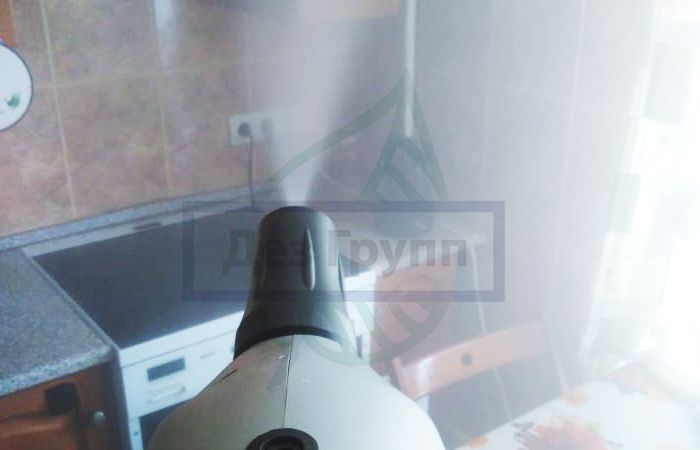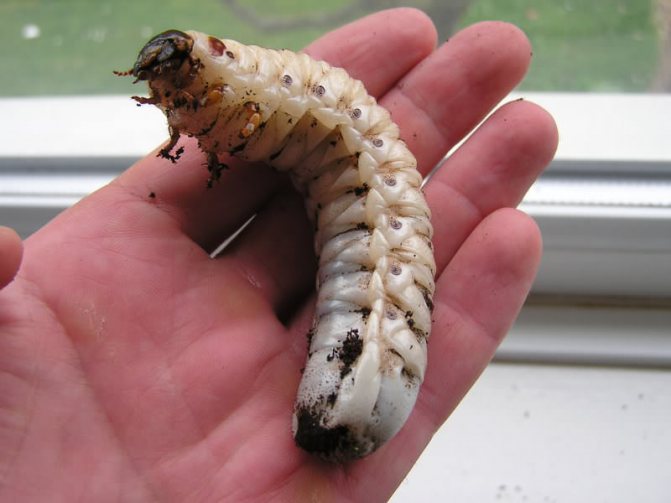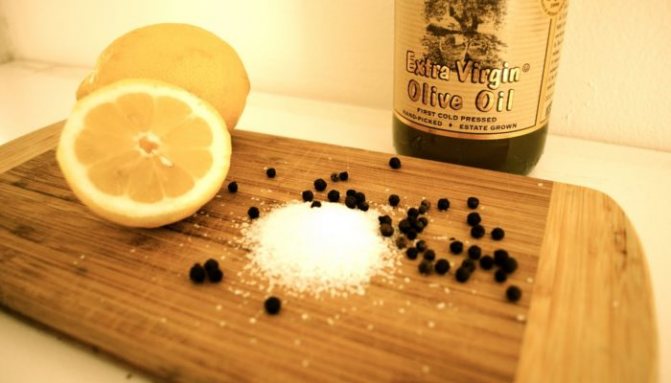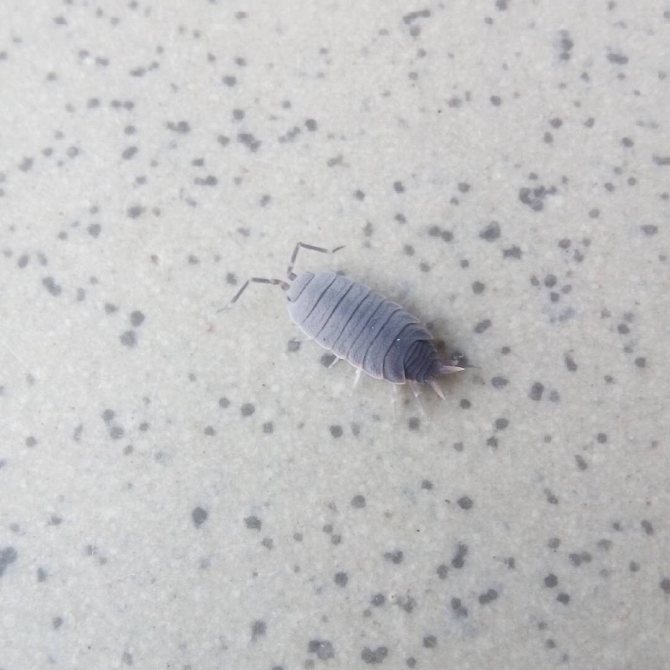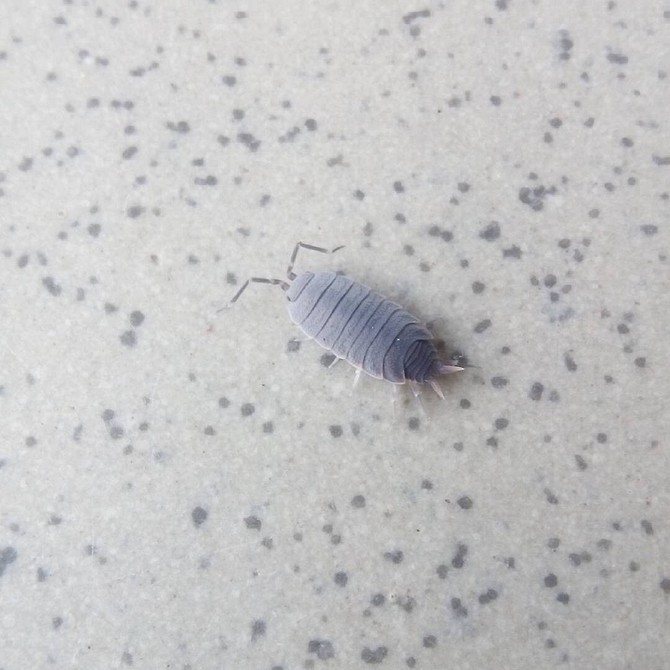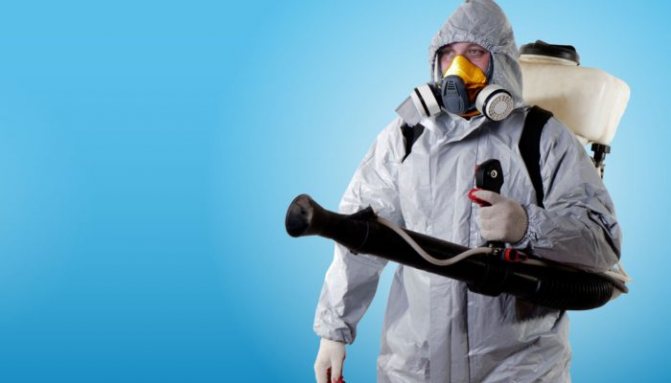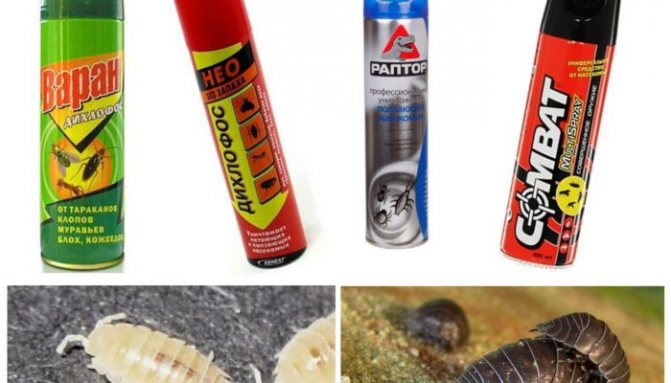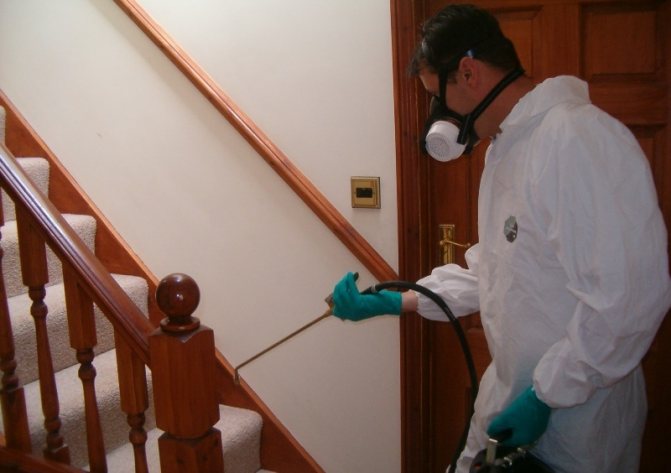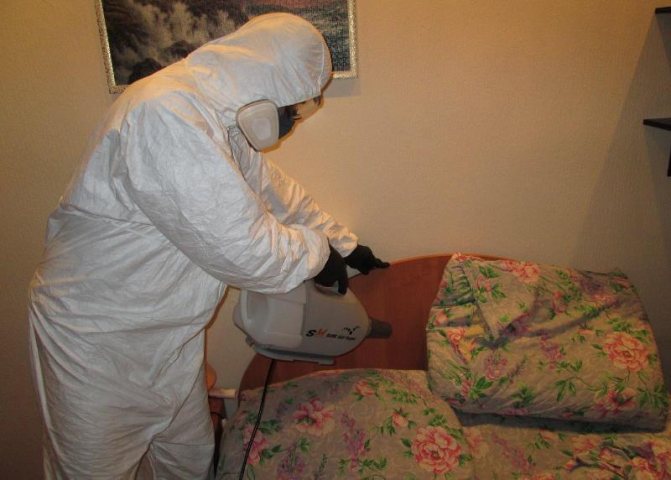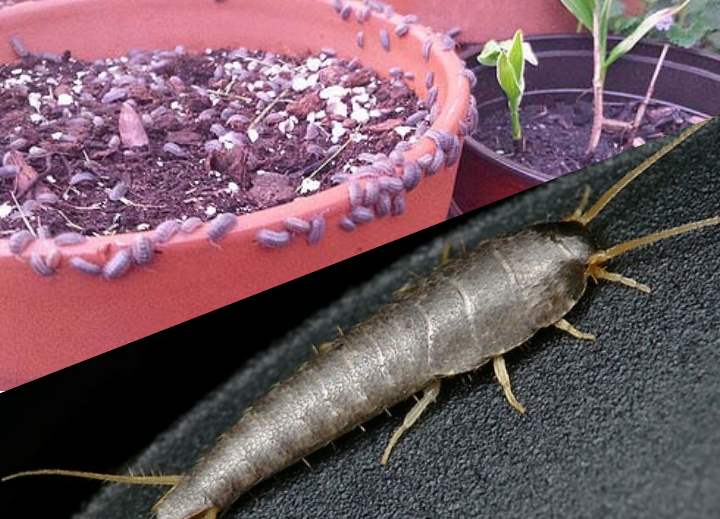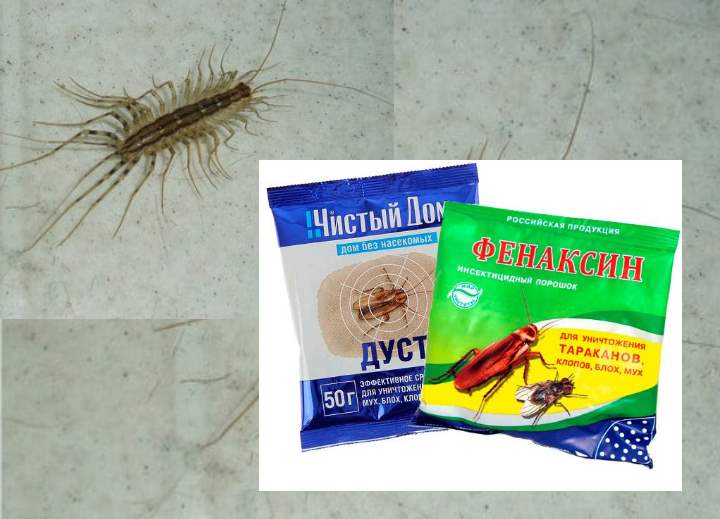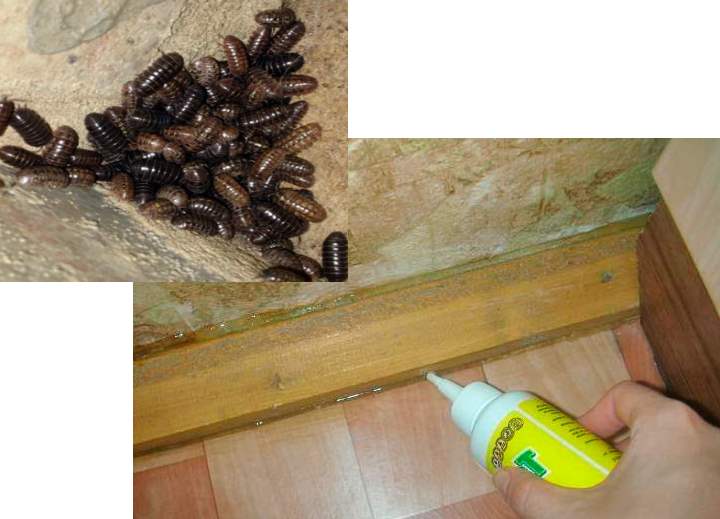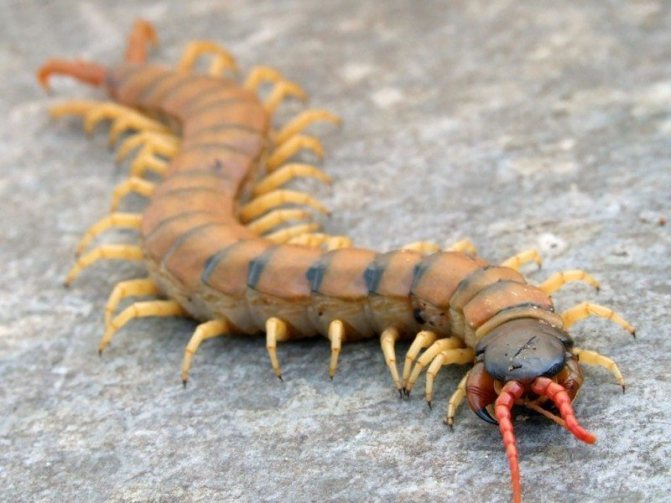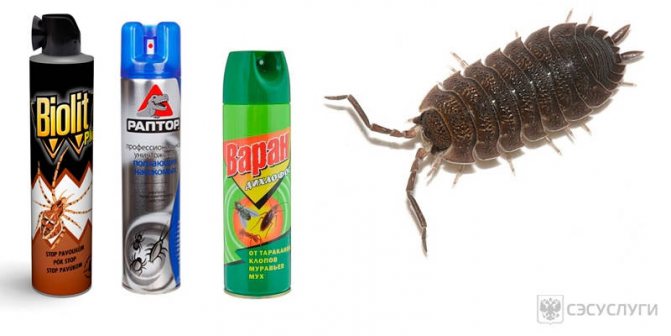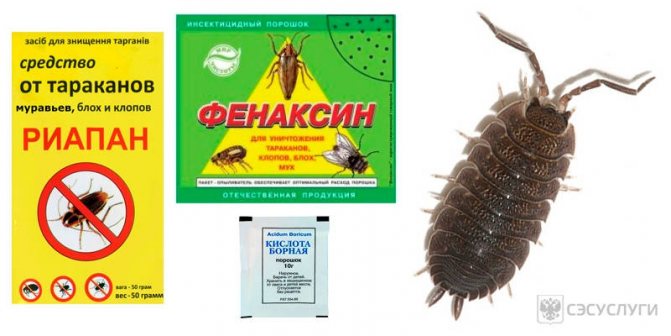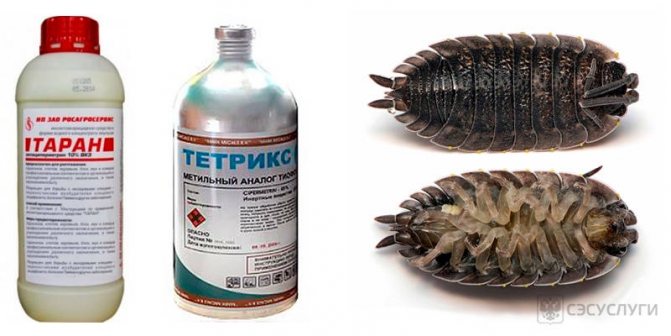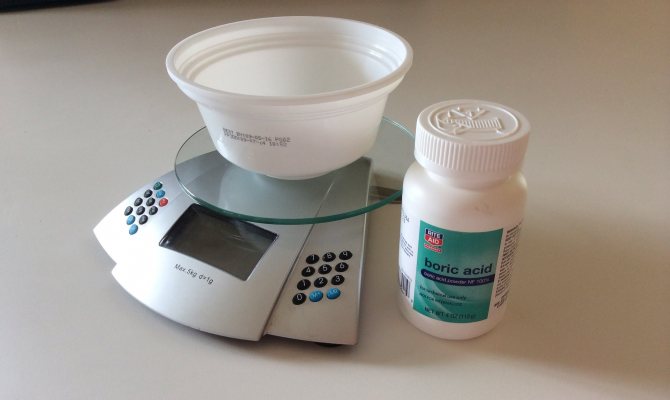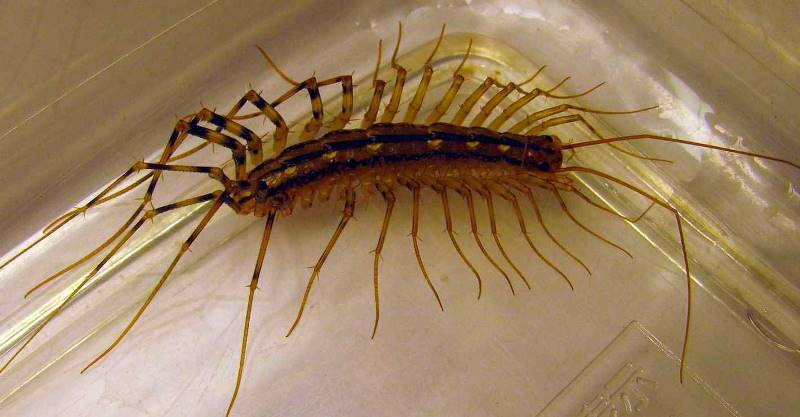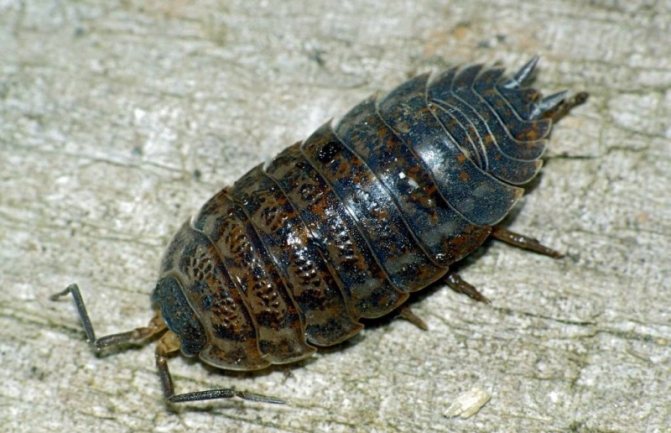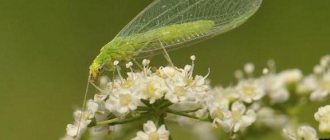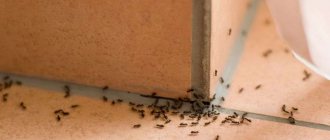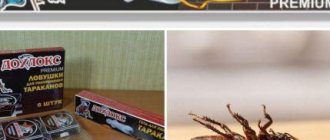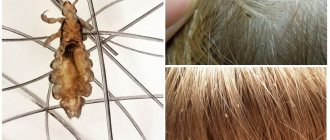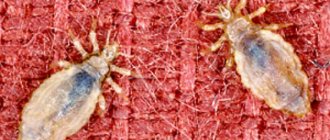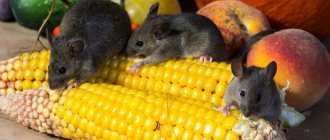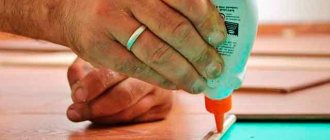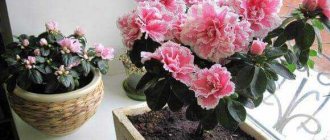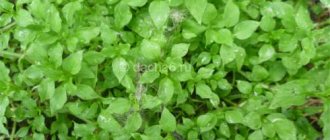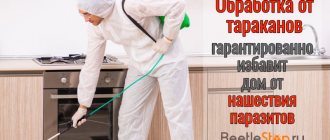Woodlice is a small creature up to 2 cm in length, dark and with a strong shell. At first glance, you might think that wood lice are an insect, but in fact they are tiny crustaceans. Sooner or later, many owners notice them in the house, while bugs can appear both in a private house and in an apartment - there is not much difference for them.
The appearance of woodlice in an apartment or house should be taken seriously - you will not remove them manually one by one, these are not spiders in rare corners. First of all, woodlice appears in the bathroom, in the kitchen, in the restroom - they like high humidity, therefore they choose these particular rooms. Insects usually appear immediately in large groups, look unpleasant and in every possible way poison life with their appearance. Seeing bedbugs, it is better to begin to understand the reason for their appearance and think about how to get rid of them.
Biological description
The suborder woodlice refers to:
- a detachment of isopods;
- the class of higher cancers;
- type of arthropods;
- the animal kingdom.
The international name adopted in science is Oniscidea.
Habitat
These woodlice in the apartment are predominantly nocturnal and settle in damp and dark places. Dampness, warmth and a nearby forage base are the necessary conditions for their distribution.
In nature, woodlice choose the shores of salty or fresh water bodies, fallen trees, leaf litter in the forest, stones.
The farm prefers gardens, cellars, compost heaps, greenhouses, stables, pigsties. Often they penetrate into living quarters.
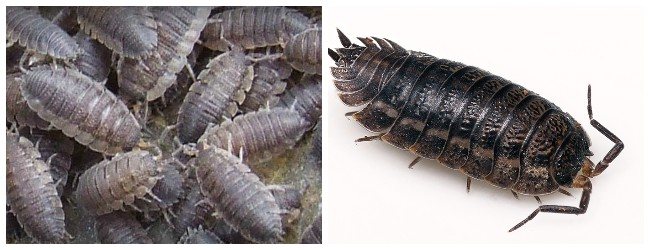
Appearance, stages of development and longevity
Interesting! Usually woodlice is perceived as an insect in an apartment or house. Some consider them to be beetles. But science classifies the higher crayfish as animals.
On the sides of the head, these crustaceans have eyes. Woodlice are characterized by a convex oval body from above, which has two pairs of antennae - the first strongly developed and the second underdeveloped.
Chest legs are adapted for walking - 7 pairs, which are all arranged in the same way.
Covered with plates that prevent air evaporation, gills are located on the underside of the abdomen. They absorb oxygen through the water film around them. This type of respiration is physiologically aquatic, but in woodlice it is adapted for terrestrial creatures.
Woodlice live for about 1-2 years. During development, a small animal goes through 14 molts before becoming sexually mature.
What do woodlice eat and how do woodlice reproduce?
In the spring - in May or April - isopods copulate. Seed enters the oviducts of females. Woodlice molts, its structure changes - a brood chamber appears in the female. Eggs are subsequently laid there, and a new generation develops there.
In the process of life, woodlice eat the remains of animals and plants - detritus. But at the same time they can spoil the fruits and vegetables stored available to them.
Experts consider higher crayfish to be decomposers. The latter perform an important natural function - they destroy dead parts of organic matter to inorganic substances, leaving no excrement.
What species live in an apartment and private houses?
Of the 3.5 thousand types of wood lice in apartments, most often live:
- rough;
- battleship.
The armadillo, or common woodlice, is distinguished by its dark body and high shell.It has spread throughout the entire territory of our country. He prefers to live in basements, along the heating main, under objects lying on the ground in the yard, garden.
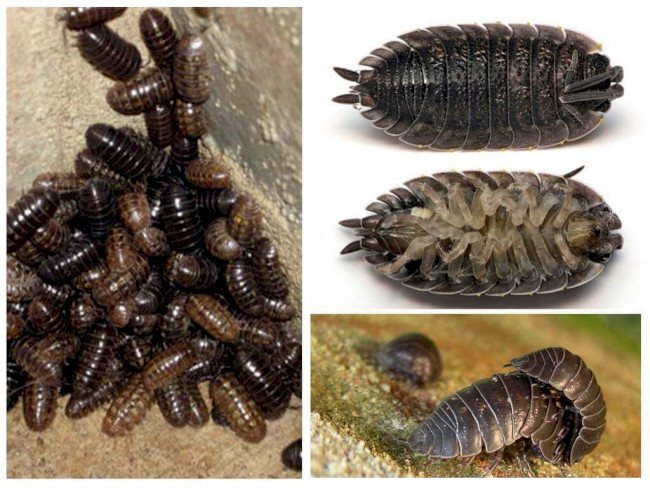

Rough wood lice are more suitable for living quarters. She moves relatively quickly and is able to penetrate between floors. The animal's carapace is flat, the color varies from red to almost white.
Trachelipus rathke is another species of woodlice, which, despite the absence of a common Russian name, live in densely built-up areas of many Russian cities in the middle lane.
Such arthropods look flattened, with a wide shell and their characteristic long antennae. These “pets” are found all over the world.
Methods of getting into human dwelling
In the risk zone, first of all, there are living quarters located closer to the basements. Crustaceans are able to move through ventilation systems, openings for pipelines and sewers.
Unobtrusive wood lice can get into the house together with flower pots and household utensils exposed on the street. Vegetable stores, basement or ground floor warehouses, adjoining garages and closets can also be sources of pests.
A greenhouse or greenhouse located next to the house is an ideal environment for the emergence of arthropods. To get rid of wood lice forever, you need to choose the right place for the construction of backyard structures.
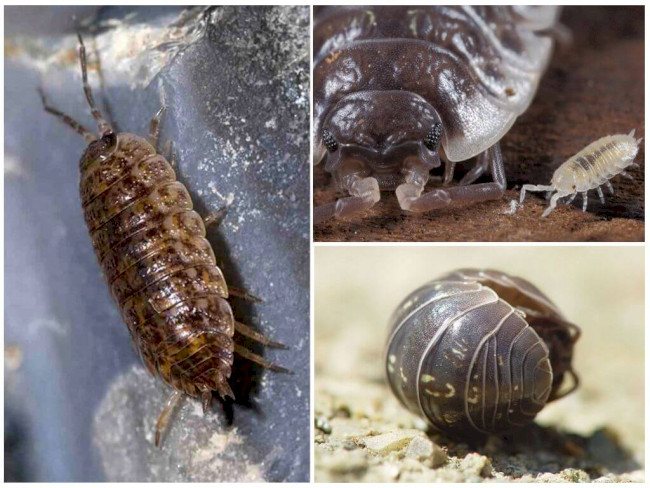

Where do pests live?
Before entering the apartment, most likely, woodlice were wound up in the basement or in the attic. If fruits, vegetables, roots or other decaying organic matter are left near this place, then several individuals that have climbed can quickly breed.
Under the skirting boards
When pests enter the home, they find warm, closed and damp places. During the day, woodlice hide, and in the dark they go out in search of food.
Often, a crustacean-friendly environment is created under the skirting boards (especially if the floor is wooden with an earthen base). It will not work to take wood lice out of the house on your own if you do not touch such areas.
Inside the sewer pipes
Sewer pipes can become a dangerous and hard-to-reach part of the room. In the absence of a constant flow of liquid wastewater, woodlice can exist on the walls of the drainage system.
The remains of human food serve as a good food base for crustaceans.
Under the windowsill
Good living conditions for wood lice in the daytime are the space under the windowsill. Air currents and vapors often create a warm and humid environment there, ideal for wood lice.
Behind the sewer pipes
A person may for years not pay attention to the sewer pipes laid in a private house. Meanwhile, the condensate formed behind them, as well as the heat from the flowing waste, together create places of residence suitable for small crayfish animals.
Behind the toilet in the toilet
To get rid of wood lice that have appeared in the toilet, you should pay attention to the space behind the toilet. Often, at the point of its connection with the sewage system and water drainage, humid areas are formed that are favorable for animals.
Under the bathroom
To fight wood lice, if they are wound up in the bathroom, it is better to start with a thorough treatment of the area under the installed shower tray or the body of the bathroom itself.
Warm water, condensation and occasional leaks create a good environment for the existence of arthropods.
In ventilation ducts
Ventilation is a section of an apartment or house where woodlice not only live, but also move throughout the building.
Treatment of the premises can have minimal short-term effect if the migration routes of the animals are not blocked.
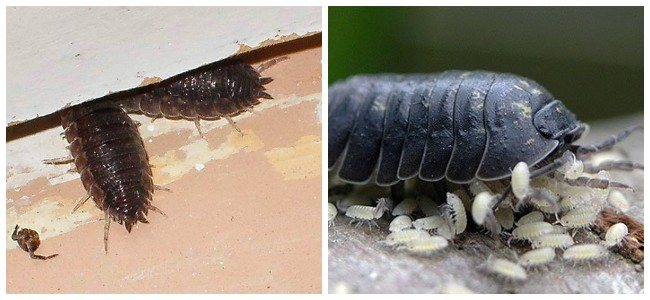

Dichlorvos Varan
Of all the varieties of modern Dichlorvos from woodlice, it is better to use Varan. This domestic product is non-toxic and safe. It has a nerve-paralytic effect on parasites due to permethrin and cypermethrin in the composition.
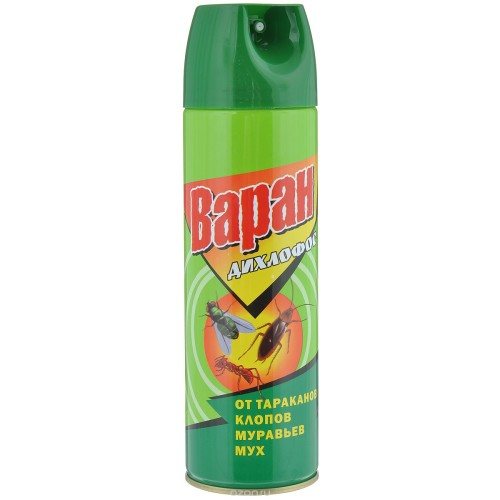

The aerosol is universal, it also helps against other insects, including flying ones. Produced in cylinders, usually 180 ml. It should be sprayed in places where wood lice accumulate, 20 cm from the surface to be treated.
The tool is inexpensive (from 50 to 100 rubles, depending on the concentration of the substance and volume), volatile (therefore, you need to treat it with a mask), easy to use. The effect is achieved very quickly: the insects hit by the jet die in a matter of minutes, the rest - within 5 hours.
Why are they dangerous, and what is the harm from wood lice?
Small crustaceans do not penetrate the human body, do not poison the water. But, eating the remains of decaying organic matter, it is possible that they can carry pathogenic plants and infections. There is no exact scientific data to support this assumption yet.
The most common reason for the destruction of woodlice is their unpleasant appearance and the ability to quickly reproduce and form large colonies, for example, in the kitchen.
In addition, animals:
- Violate the integrity of the root system of indoor plants.
- They eat live foliage.
- They compact the soil and deprive it of oxygen.
- They spoil the stocks in the cellar.
For 2 weeks without treatment, cancer individuals are able to destroy a houseplant.
Aktara
As you know, the main food of woodlice is plants, and indoor ones are no exception. Plus, these crustaceans compact the soil in flower pots, and the plant literally suffocates and dies due to the fact that it becomes impossible for air to enter the soil.
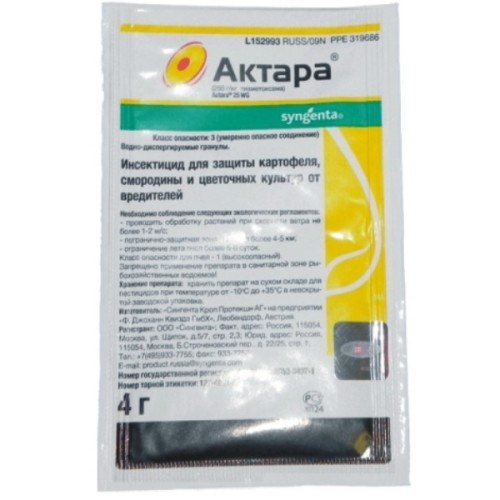

Aktara is an excellent tool for treating the soil against wood lice. The drug has a systemic, rather than contact, effect: the poison spreads through the tissues of the plant and for some time it becomes poisonous to crustaceans.
In order not to harm the plant when using Aktara, you must strictly follow the dosages indicated in the instructions. The agent is mixed with water for irrigation in a certain ratio or slightly less concentration. Additionally, it is possible to spray the plant with diluted Aktara from a spray bottle.
In addition to the listed funds and many others, you can always turn to specialists from the SES to destroy any parasites, including wood lice. This is especially appropriate if there is no money to buy expensive insecticides or there is no time or desire to do it yourself.
Effective pest control methods
To get rid of wood lice in the house, the first step is to clean up and dry out the debris and dry the alleged habitats of the arthropods and destroy the food sources of the animals.
Next, you can use remedies, both homemade and industrial chemistry.
Folk remedies
A fairly effective method to exterminate harmful animals is to use improvised substances that are almost always found in any home.
Boric acid
You can remove woodlice if you treat their locations with a solution of boric acid.
To do this, you need to take 20 g of the substance and dilute it in 1 liter of water at room temperature. Then mix well and brush with a brush all areas of an apartment or house where arthropods have been seen or may be.
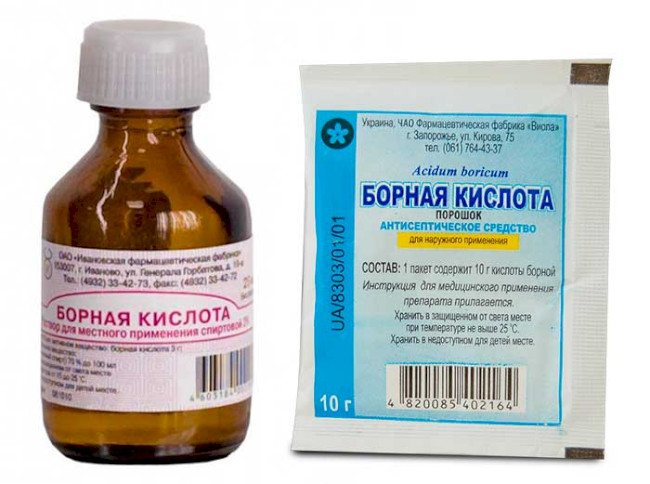

Liquid composition of kvass
Kvass can help cope with woodlice. The composition is made at the rate of 200-250 g of dry kvass per 1 liter of boiling water. To eliminate pests, the resulting mixture is poured into a spray bottle and the area is treated.
Salt
The destruction of animals is possible with the help of ordinary salt, which absorbs moisture well, depriving woodlice of their usual habitat. It is enough to cover woodlice habitats with this home remedy so that they die or leave.


Birch brooms
Bunched dry birch branches are an effective trap for small animals. The scent of fresh wood attracts wood lice. If you place birch brooms in the corners of the room in the evening, then in the morning you can take out a significant part of the colony along with the branches.
Lime
If you leave a bucket of quicklime in the room overnight, it can poison wood lice. For full effect, doors and windows must be tightly closed. Pets and residents will be forced to spend some time in another room.
Water and chlorine
In this case, dilute 40 g of bleach in 1 liter of water. Use a sponge to wipe the walls and floor. It is best to use rubber gloves for safe work.


Potatoes
A wood lice trap can be made from potatoes. The animals will gather if the halves of the potatoes (with a cut out hole) are placed around the perimeter for the night.
The method does not differ 100% in the result, but with repeated use it will help get rid of crustaceans.
Red pepper and tobacco
If you mix tobacco and red pepper in half a teaspoon (you can add soda in the same proportion), dilute the composition in 1 liter of hot water and process the room, the wood lice will die or go away. After this procedure, it is better to wash the treatment area with bleach.


Chemicals
When traditional methods are powerless, you will have to purchase chemicals. You should use them after carefully reading the instructions.
Concentrated insecticides
Ksutal micro, Tsifox or Delta Zone refer to professional means of dealing with wood lice. Substances are used when the concentration of animals is already high. Together with wood lice, all crawling insects are likely to disappear.
The drugs have a long-term protective effect.
Powders
Substances such as Phenaxin, Riapan, Neopin are in powder form. But just scattering the chemical is not enough. The treatment will be more effective if you dilute the product in water and use a spray bottle. In addition, the composition can be poured into a homemade spray bottle from a plastic bottle and sprayed under the baseboards and window sills.
Crayons
To restrict the movement of woodlice, you can circle the entrances to ventilation, exits from the premises, ventilation openings, water supply and sewage pipes with crayons. Crayons do not always do well as the only means of controlling crustaceans. But the positive auxiliary effect of the agent is beyond doubt.
Sticky traps
Not the most effective device for dealing with crustaceans. Helps more against cockroaches or ants.


Poisonous substances in the form of gels
Gels will not help solve the wood lice problem quickly. Means such as Gett, Scabengel, Varan are similar to pencils in terms of the degree of impact.
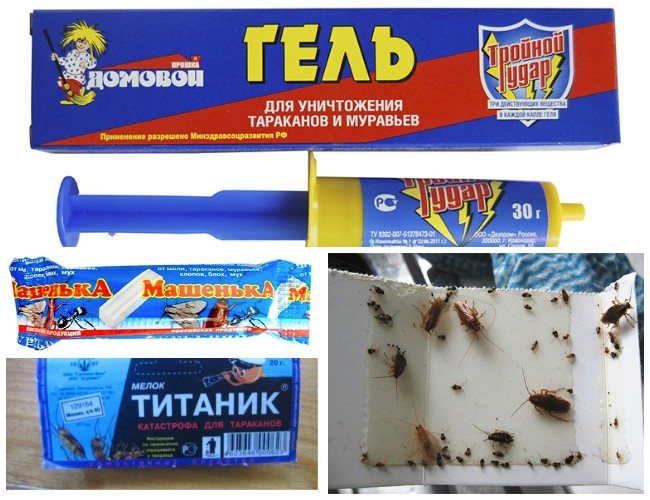

Physical elimination
In the bathroom or in the kitchen, the occasional animal that appears is simply crushed. This method of confrontation is not suitable for liquidating a colony underground or in a cellar.
Special baits
The duration of action of some funds is several hours, if the dose and concentration are observed.
Tarax
A universal substance against ants, bedbugs, cockroaches and woodlice is the Tetrix insecticide.
Purchased for 80 rubles. 1 g of the drug, diluted in a glass of water (200 ml), is able to destroy all insects and crustaceans on the area treated with a spray bottle.
You can use the bait regularly as it is not addictive.
Tetrix
Woodlice, fleas, ticks and bedbugs disappear completely after 2 days when using the new Tetrix. Its constituent cypermethrin is a pesticide that is often found in household plots and agriculture.
250 ml of the drug is relatively expensive - about 2,000 rubles. It is costly to use the product for a small house or apartment. But with the invasion of woodlice in multi-storey buildings, it is still cheaper than calling special services.
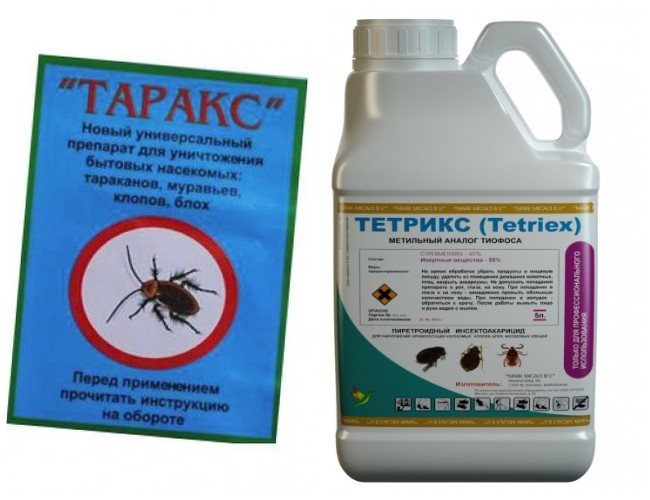

Gett
This is a French tool (a newer version of it on the same basis is Get). The effectiveness of the drug lies in the contact of insects with microgranules sprayed in places of accumulation.


May be sold as an aerosol or concentrated liquid. The latter should be diluted in water in a ratio of 1/10 (100 ml per 1 liter of water) and sprayed with it in the room of their spray bottle. Gett is safe for humans and pets, but has a toxic effect on fish. Therefore, if there is an aquarium in the house, it must be hermetically closed during processing.
The main substance in the Gett aerosol is chlorpyrifos, which penetrates under the covers of woodlice, into their respiratory and digestive systems. Thus, the parasites have a kind of three-sided effect, which does not give a chance for survival.
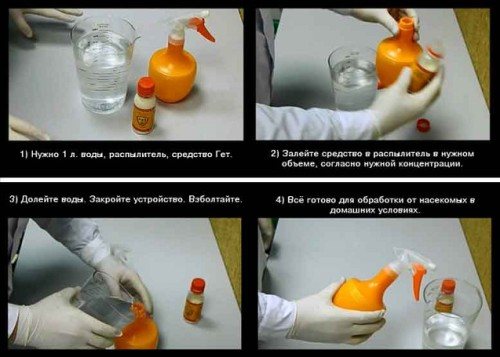

You can poison insects with Gett by applying the drug in places of congestion and from time to time shaking the can for more effective spraying of microcapsules.
Among the advantages of the tool are:
- powerful triple effect;
- lack of smell;
- the inability to provoke an allergy attack (the drug's microcapsules are not volatile, do not "hang" in the air and, accordingly, are not inhaled);
- low level of toxicity;
- preservation of the effect for up to several months.
With all the effectiveness of the drug, there are still some disadvantages:
- since microcapsules do not stay in the air, all places where wood lice accumulate will have to be found and processed;
- very expensive - a 100 ml bottle costs about 700 rubles on average.
What if you appear again?
The common wood louse, or a fairly common variety of arthropods - the two-tailed, can return after processing.
With a small number of woodlice re-populated the territory, you can try to comprehensively apply folk remedies:
- cover damp places with salt;
- fill the space under the windowsills and baseboards with boric acid solution;
- treat sewer pipes with pepper and tobacco.
On a note! It is more effective to use drugs with long-term protection. For example, Tetrix is able to secure even a damp room for 70 days or more.
Prevention of the appearance of wood lice in an apartment and a private house
The appearance of wood lice in the house and apartment is most often the result of a malfunction of the water supply system, sewer system, improper storage of fruits and vegetables, etc.
To avoid the appearance of wood lice in a house or apartment, you need:
- avoid increasing moisture in the rooms;
- quickly eliminate water leaks;
- do not leave food uncovered;
- prevent the accumulation of debris;
- process indoor plants pointwise;
- monitor the possibility of woodlice penetrating into housing with objects that spent the night on the street.
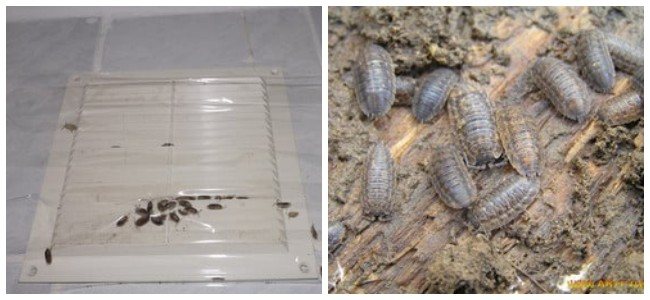

If crustaceans are found in an apartment or house, first of all, you need to look for a source of moisture. After eliminating it, you should eliminate a possible food base - decaying organic matter.
In a dry, well-ventilated area, harmful crustaceans will not start. But, if this happens, there are many tools that can help the landlord.
Why do insects appear in the bathroom?
There are a number of very different reasons why all kinds of insects appear in the bathroom. The main one is the special microclimate in the bathroom and the bathroom. In addition, in the event of poor operation of the exhaust system and leaking plumbing, the conditions for habitation and reproduction of woodlice become even more favorable. Therefore, before removing woodlice in the bathroom, it is necessary to eliminate favorable conditions for it.
It should also be taken into account that non-compliance with simple sanitary and hygienic conditions in the bathroom and the bathroom, as well as dampness, can create optimal conditions for the appearance of not only wood lice, but also centipedes, spiders, and other insects.

